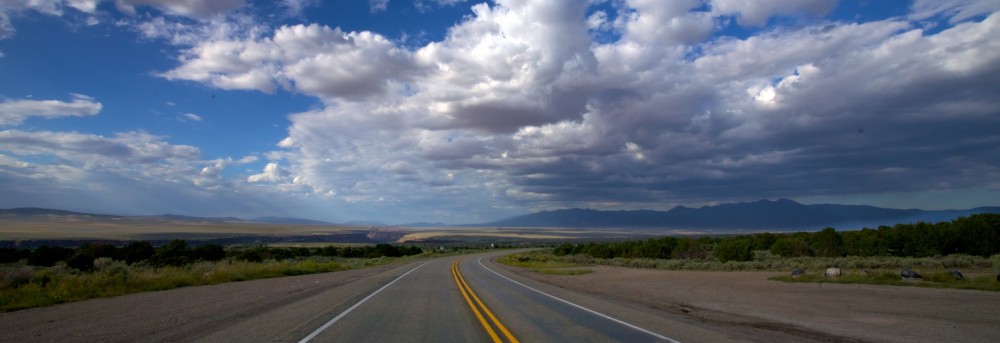 What a year! We traveled a total of 9,448 miles in Island Girl, from Florida to Maine to Canada, then south and west reaching Arizona by the end of the year. We visited 18 states and 4 Canadian provinces. In October we reached a couple of milestones: one year of fulltiming and one year of blogging.
What a year! We traveled a total of 9,448 miles in Island Girl, from Florida to Maine to Canada, then south and west reaching Arizona by the end of the year. We visited 18 states and 4 Canadian provinces. In October we reached a couple of milestones: one year of fulltiming and one year of blogging.
Whew! Here’s a month-by-month recap of our dream year:
January – visited with friends and family in Miami and Ft. Lauderdale.
February – stepped back into nature at Everglades National Park.
March – a nice long stay in Funky Key West for ocean fun and an awesome air show.
April – a busy month: first north and west to the Gulf Coast of Florida for more family time, then back east to the John F. Kennedy Space Center and the Merritt Island National Wildlife Refuge, north to St. Augustine, and north again to the Okefenokee Swamp in Georgia and the low country of South Carolina, and finally to Atlanta to see old friends.
May – visited the Smoky Mountain National Park in Tennessee, the Outer Banks of North Carolina, Washington, D.C., then ended the month in New York City and upstate New York where we visited more family and friends.
June – a quick stop in Boston and then on to beautiful Maine.
Here was our route for the first half of the year.
July – crossed the border into Canada on the 1st, and spent the month in New Brunswick and Nova Scotia. Discovered absolutely astounding people and places.
August – visited idyllic Prince Edward Island, buggy Kouchibuguac National Park in New Brunswick, then over to Quebec to the gorgeous and oh so French Gaspé Peninsula.
September – visited the St. Lawrence River in Quebec where we saw an amazing number of whales and concluded our fantastic Canadian summer in charming Quebec City, then crossed the border back to the U.S. to enjoy the beautiful Vermont autumn.
October – continued leaf-peeping in Vermont, then began our westward journey with stops at Niagara Falls, then Cincinnati, Ohio, Louisville, Kentucky,St. Louis and Kansas City, Missouri, visiting friends and family along the way.
November – a stop in Denver, where the journey began, to get annual checkups for all and check in with friends and family. Then south to Santa Fe, New Mexico.
December – another busy month. Traveled around New Mexico, south to Albuquerque, then further south to the Bosque del Apache National Wildlife Refuge and Las Cruces, then crossed the border to Arizona and ended our most unforgettable year in Tucson.
And here was our route for the second half
Some things we learned:
We ran a little hot this year, with an average stay of 8 nights at our 45 stops, not complaining, it was fabulous, but we’d like to slow it down a bit this year and try staying longer in each place.
We set a goal of no more than four hours driving time between stops and for the most part kept to it; averaging 185 miles per trip, but a couple of the trips were still way too long.
 We stayed too far north too late into the year, and plan to head south earlier next year to avoid frigid cold and snow (although the falling snow was beautiful).
We stayed too far north too late into the year, and plan to head south earlier next year to avoid frigid cold and snow (although the falling snow was beautiful).
Crossing from the east coast to the west coast really took a toll on us, we were tired puppies by the time we reached Denver, and plan to stay in the West next year.
Our planning paid off in some fabulous campsites, on the other hand, we discovered that it’s best to have a balance of planned and unplanned stops.
Re-connecting with family and friends, and making new friends along the way has been one of the most important parts of our journey.
 And we learned to be grateful each and every day, we are so fortunate!
And we learned to be grateful each and every day, we are so fortunate!
We wish you all a very Happy and Healthy New Year in 2014!
~ Brenda, Hector and Angel





















































































































































































































































































































































































 So we went into a little bit of vacation mode in order to see more of the sights. My favorites: the lighthouses, the
So we went into a little bit of vacation mode in order to see more of the sights. My favorites: the lighthouses, the 





















































































































































